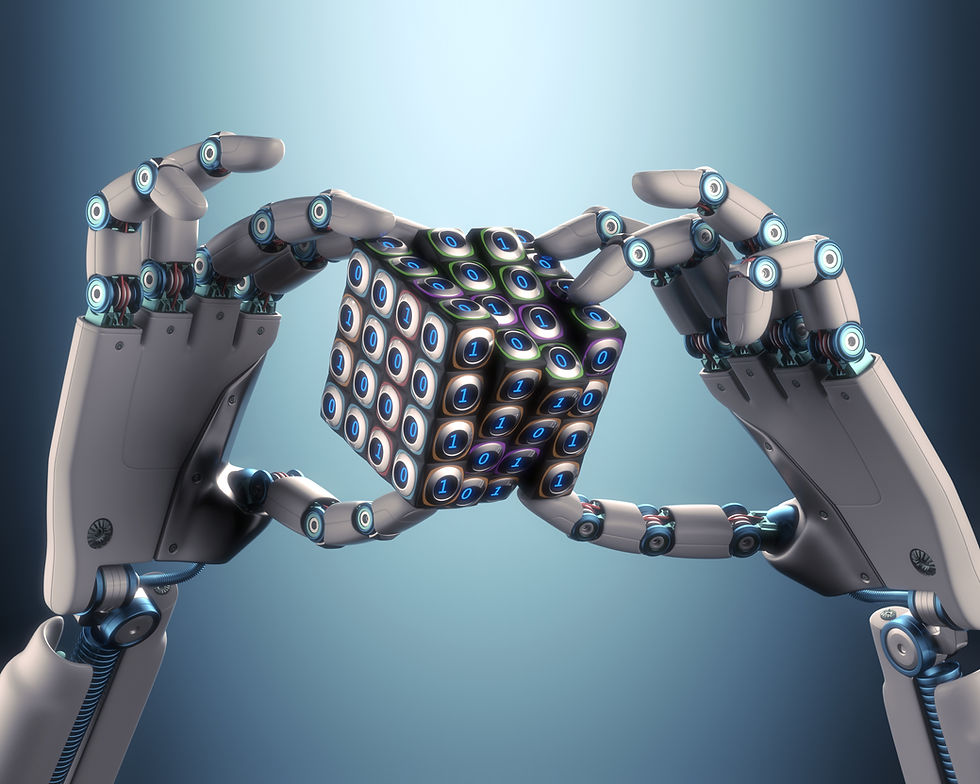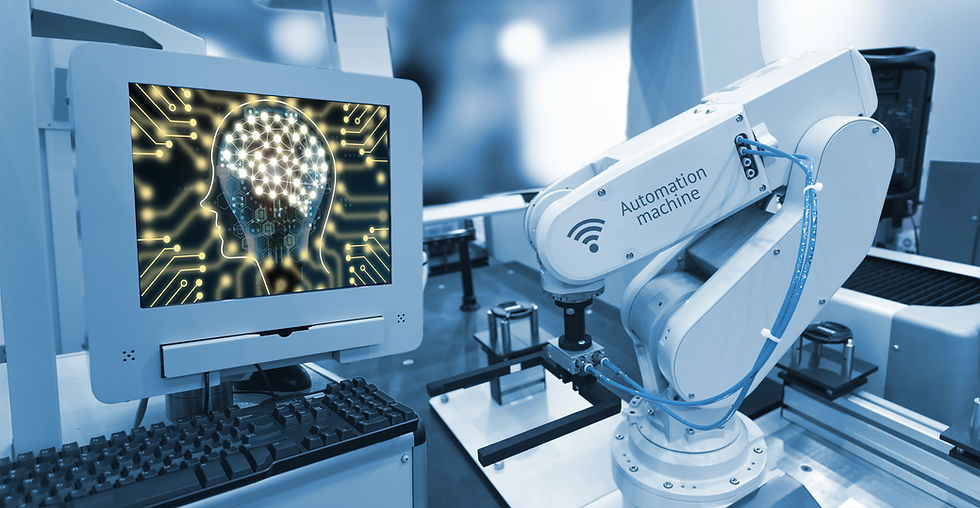Calibration in the metaverse, 2023 Vision.
- Metquay Inc Consulting Team

- Mar 16, 2022
- 3 min read
Updated: Feb 25, 2023
The Internet and the Web have changed how people communicate, learn, interact, share information, conduct business, debate issues, etc. It has made the world a much smaller place, but also vastly larger and more connected. It allows us to find just about anything we want at any given moment and connect with millions of others at the touch of a button.
Although today we have many different communication and collaboration tools, the primary ones include email, word processing, online spreadsheets, collaborative documents, teleconferencing, and Internet chat, and they are largely the same as they were 30 years ago. Users continue to interact with computer systems via the keyboard, mouse, and monitor/windowing system, and communication among users happens through 20+-year-old mechanisms like email and newsgroups.
The emergence of new and exciting technologies, such as multi-party video-conferencing and real-time navigation of 3D models, has been stunted by their inability to adapt to the modern user experience. These solutions have had a limited effect as they are constrained to the conventional keyboard/monitor interface and are often subject to an inadequate network support or bandwidth resulting in disappointing interactions like blurry pictures, annoying pauses, sluggish response, etc.
Keeping in mind the demanding growth of the industry, emerging technologies such as augmented reality, virtual reality, and research into truly immersive systems is gaining amazing traction. These systems are designed to amaze a user with their extraordinary sensory experience.
So, what could be the limiting factor?
It is the level of difficulty involved in installing, calibrating, configuring, and maintaining these complex systems.
So, what is the metaverse approach?
Metaverse is by far the most discussed, hot topic in the world of technology. By designing the Metaverse, the intention is to give users an open, untethered, immersive experience that fools their senses into believing that traditional barriers such as time and space no longer exist.
Even with its huge popularity, the technical limitation of such an alternative universe is the only thing that is keeping this tremendous idea from being launched at bay.
Research is currently underway to develop a scalable, flexible, and self-calibrating system approach where in the future this technology can be made accessible to all. The key point to note here is of course the development of a system with so many interconnected sensors and modules that must be in a system of self-calibration. Such an industry cannot thrive if each of these components must undergo routine maintenance with downtime!
A basic metaverse abled system would have a rendering client (PC), a network card, a graphics accelerator, and a high-resolution projector. This base unit, also referred to as a portal should be completely scalable in size and feature design to ensure the stability of these systems. This is combined with the presence of a variety of sensors to create the sought-after complete immersive experience.
The paper on “The Metaverse – A networked collection of inexpensive, self-configuring, immersive environments”, explores a solution to the current theoretical idea practices in the industry today.
The field of instrument calibration is about to become more extensive with the endless possibilities in the metaverse. The demands of the industry would include more focus on self-calibration and remote calibration methodologies to ensure a perfect working environment for all these delicate instruments! The idea is not to be limited to just the metaverse. All possibilities are still being exhausted with extensive research and such a system could be just a finger's touch away!






Comments